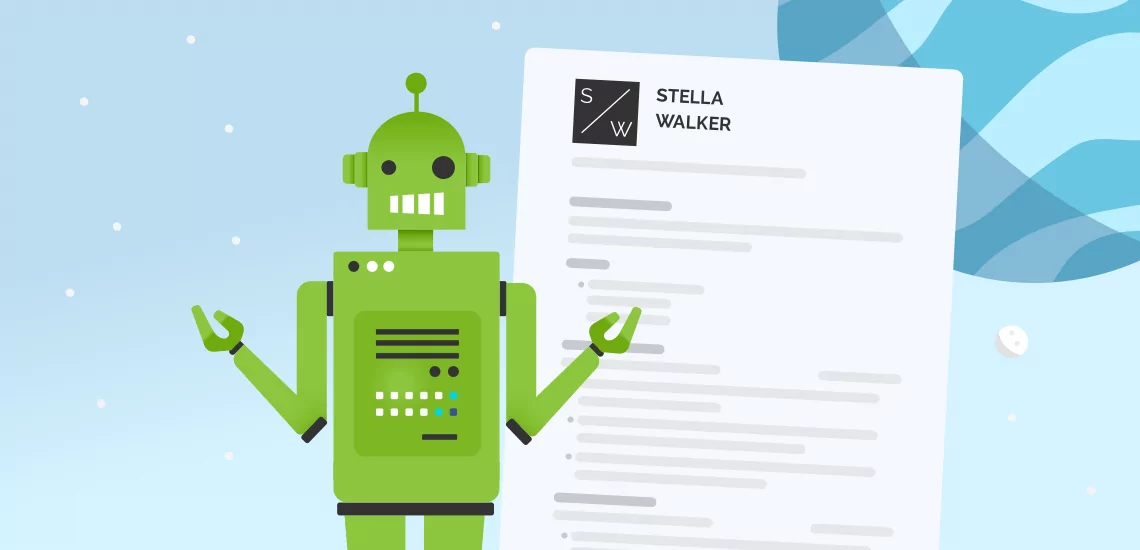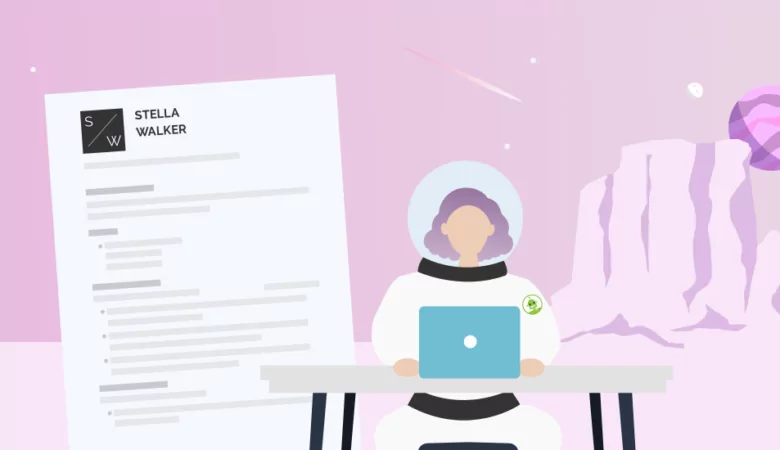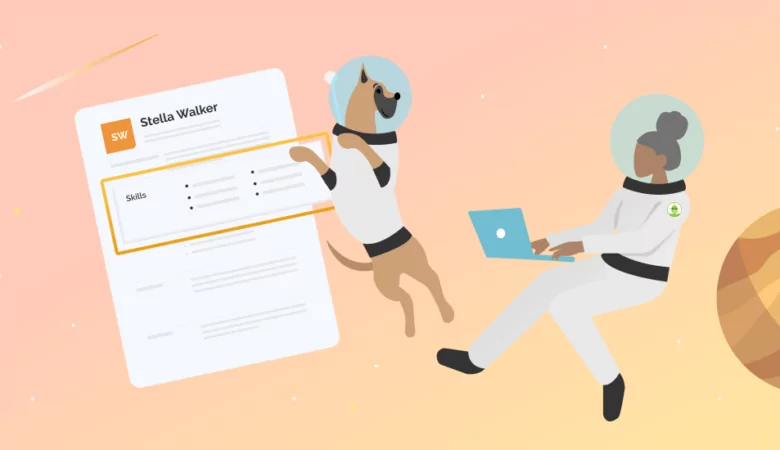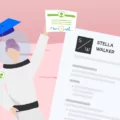Follow ResumeNerd’s tips to keep your resume at the right length to keep recruiters’ attention and present all your best qualifications.

Resume Length: How Long Should a Resume Be
How Long Should a Resume Be
Your resume, or curriculum vitae (CV), should be concise while still including relevant information that will impress hiring managers. But sometimes, one page doesn’t seem like enough. So, when should you use a two-page resume? This article will cover what the ideal resume length is and in which situations they work best. We’ll also provide tips to reduce the size of your resume.
How Many Pages Should Your Resume Be?
If you’re an entry-level candidate with less than five years of experience, then you should opt for a one-page resume. But, if you have five to ten years of relevant experience, then a two-page resume is acceptable. Senior-level candidates with over ten years of experience should also aim for two pages. Keep in mind that hiring managers are busy people. They go through many applications and cannot read through three pages of your career. That’s why one page is the ideal length. This allows you to present your skills and experience without taking too much time.
Which Resume Format Should You Use?
It’s important to choose a resume format that works best according to your situation. Choosing the best resume for you, once again, depends on how much work experience you have. Here are the three most popular resume formats and when you should use them:
1. Reverse-chronological
This resume works best for mid to senior-level job seekers. This means you have over five to ten years of professional experience. The reverse-chronological resume places your experience at the top, which helps to catch your recruiter’s attention immediately.
2. Functional resume
Entry-level job seekers or fresh graduates are more likely to use this resume format. The functional resume highlights the candidate’s skills and education (plus work experience and extracurricular activity highlights if you have them). This allows employers to focus on capabilities rather than lack of experience.
3. Hybrid/combination resume
This resume highlights both your skills and experience. If the job description requires you to state your technical skills and your experience, then this format will work best for you. It’s also a good choice for anyone with at least two years of work history.
No matter the format, ResumeNerd offers a great selection of resume templates to choose from. These templates are suitable for any type of job you apply for, and it also makes the resume writing process a lot easier for you. You can also use our he resume builder to create a professional resume quickly.
In addition to your resume format, focus on writing an impactful resume summary or objective. This is important because this is the first section hiring managers will see on your resume. Use this space to write engaging content that makes the reader want to learn more about your story.
How To Achieve The Ideal Resume Length
Condensing your skills and experience to a single page can be difficult, especially when you have any relevant skills and knowledge. Here are some essential tips to keep your resume at the right length.
-
Be clear and concise.
Review each line of your resume for repetitive statements. You can make your resume more concise by removing these phrases. You might find that most redundant words come from your experience section. For example, you may have repeated the same activities for multiple jobs. Instead, state achievements that were unique to each job you’ve had.
Another tip is to limit how many bullet points you put under each position. Review the skills and responsibilities listed in the job description. Then, tailor your resume to it. You may even tailor your cover letter to match the new job. Also, avoid any fluff and filler words that may result in a longer resume. Short, sweet phrases are preferable to long-winded paragraphs.
-
Adjust the formatting.
Have you gotten rid of all unnecessary information but still can’t quite fit it in a single-page resume? Try making your resume margins smaller, but not below half an inch. This will allow you to utilize the white spaces along the sides of your resume. You can also use a smaller font size. But don’t go below 10pt font as your resume should remain legible.
If just two or three lines of your resume spill over to the next page, then try shrinking your resume header. You can also remove unnecessary graphics. Another tip is to reduce the number of bolded words in your resume. Instead, replace them with italics. You should also consider a two-column layout for your resume, leaving more room for your skills.
-
Only add relevant education.
Minimize the length of your resume by adding only the relevant forms of education. For example, if you have a university or college degree, there’s no need to add a high school education. But, if you’re a recent grad or entry-level candidate, then you may add more details about your education. This can include extracurricular activities and internship opportunities.
FAQ: Resume Length
Career experts and resume writers advise that you only include ten to 15 years of work history in your resume. But it’s recommended that you only add the information relevant to your job application. Your experience should ultimately convey your ability to do the job.
If you are looking for a job in academia or science, then consider a CV, which can be more than two pages long. In some cases, a CV can be up to 15 pages long, but academic CVs are typically three to five pages long.
The first page should contain the most important information, such as skills and experience. If your resume extends to a second page, it should include information about your education and certifications that support the skills and experience on the first page. Both pages should consist of your contact information.








